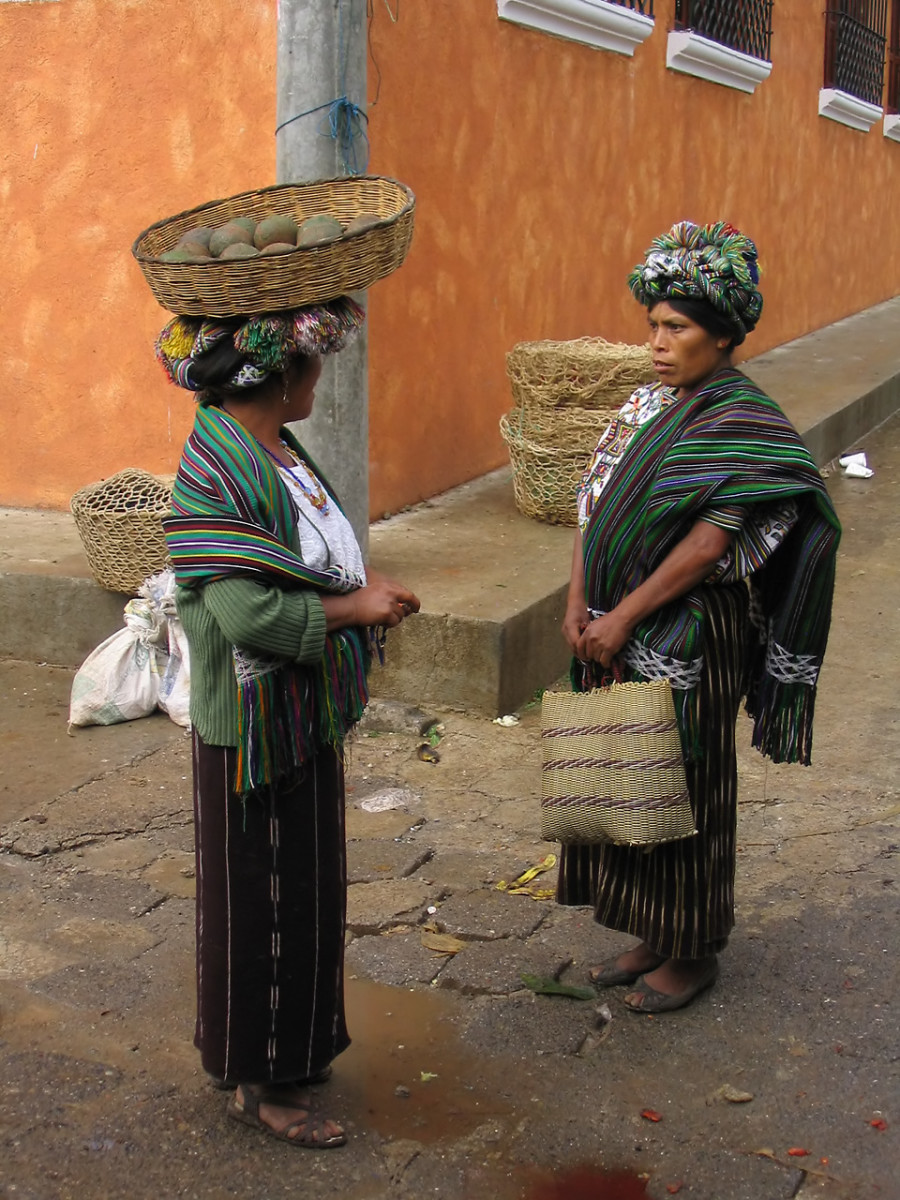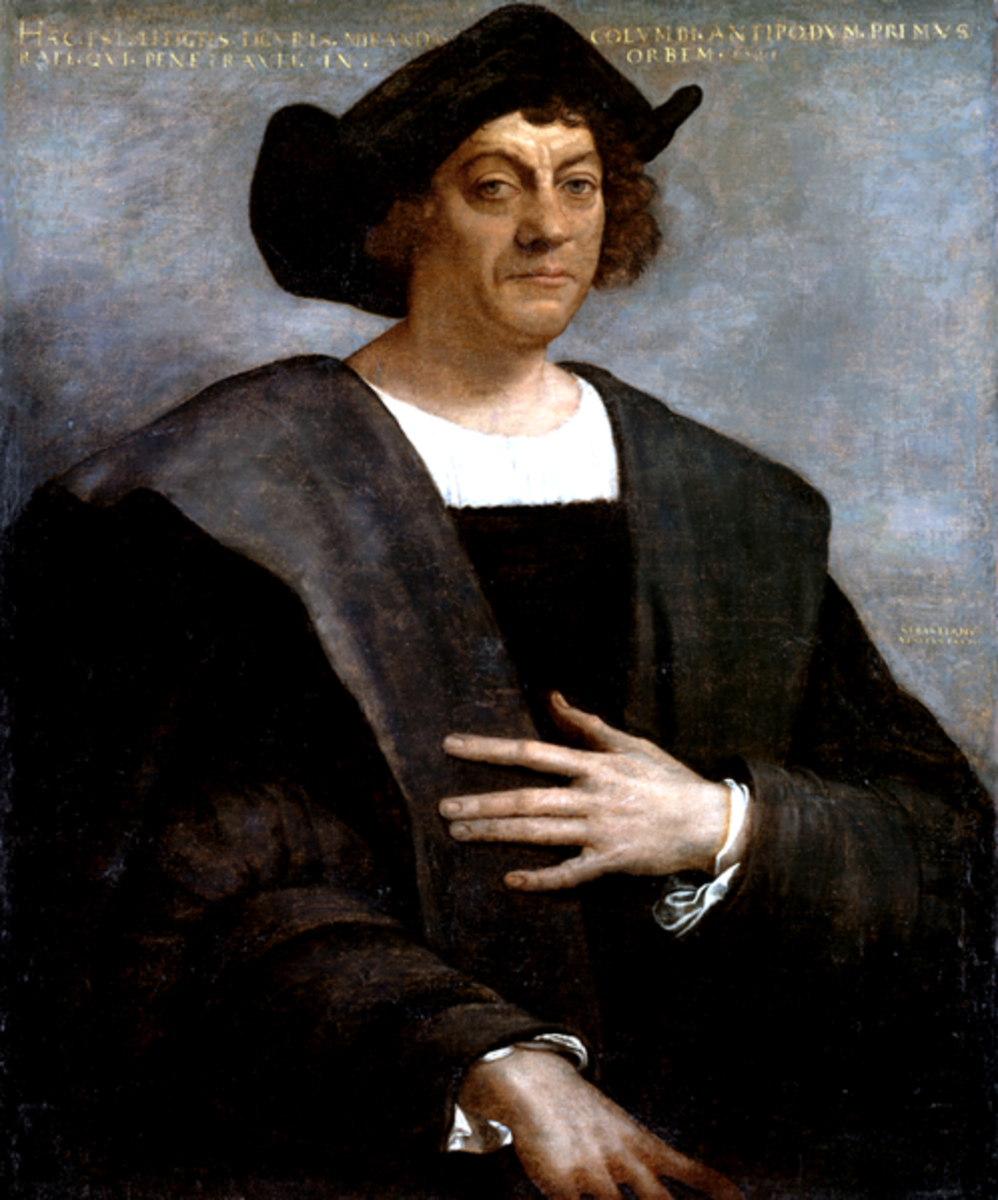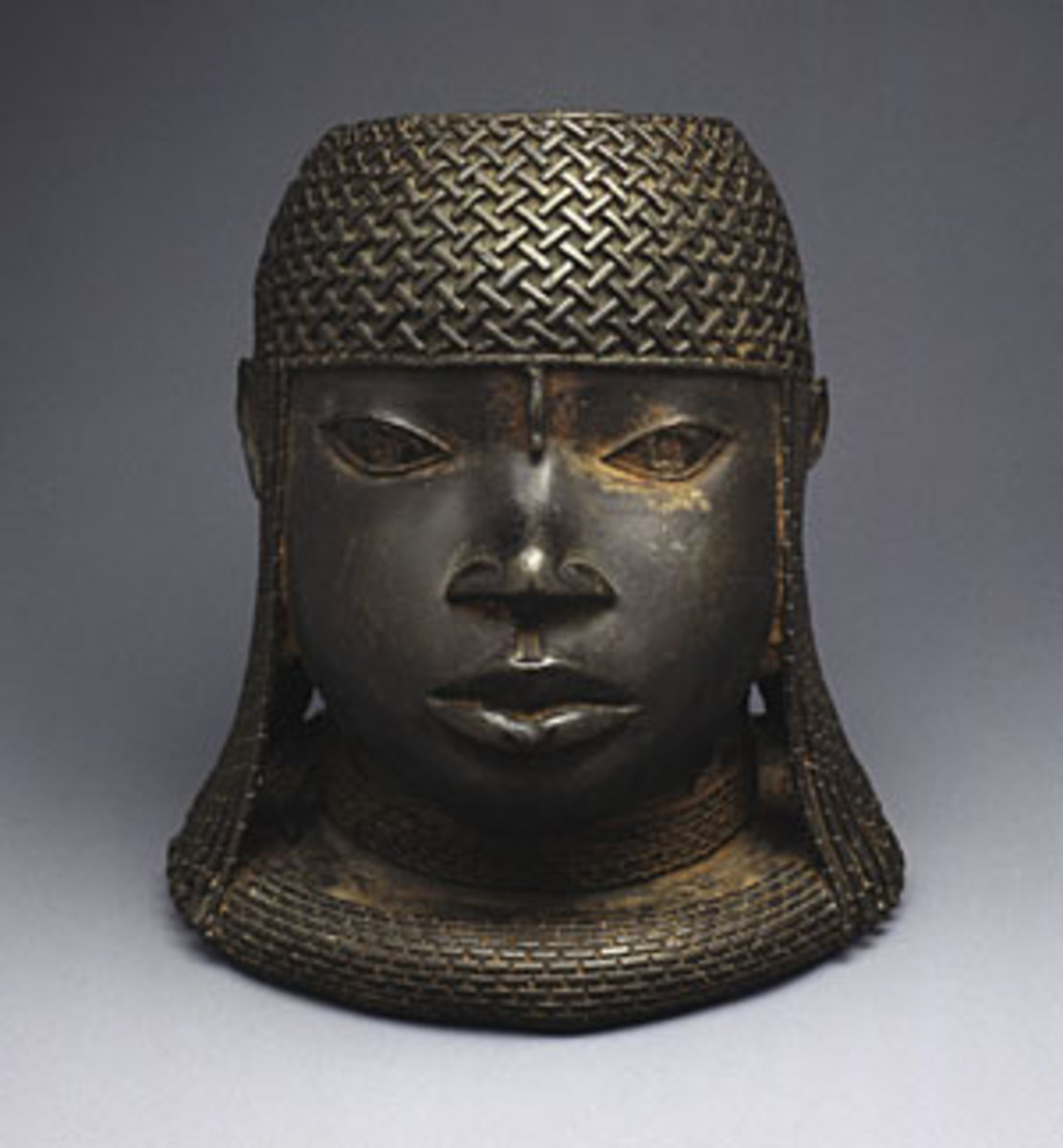Changes and Continuities in the Religious Practices of Latin America

Today, Latin America is a beautiful, tropic, thriving part of the world, which is known to be predominantly Catholic in religion. However, Christianity was not always apart of Latin American culture. Initially, Latin American tribes were devout polytheists. Between 1450 and the present, many changes came to the religious practices of Latin America because of the Spanish Invasion, but some continuity remained because of the slave trade and intermixing of cultures.
The two most prominent tribes in Latin America were the Incas and the Mayans, both of whom were polytheistic. Between these two civilizations, much blood was shed, as both the Mayans and Incas believed in human sacrifice and bloodletting for the sake of the gods. At the time, the Mayans and the Incas could not have known that across the ocean the Spaniards were eyeing their territory with dollar signs in their eyes. Immediately upon their arrival, the Spaniards began exploiting the Incas and Mayans for their gold, cloth, and precious gems. The Royals on the Spanish mainland began giving grants known as encomiendas to Spanish pioneers who captured the natives as slaves. Through the process of encomiendas, the Incas and the Mayans were introduced to Christianity, particularly the Catholic sect. Although it seems unlikely that slaves would accept the religion of their oppressors, often acceptance was required by force. Eventually, the practices of the Spaniards were passed down by the Incas and Mayans, generation to generation, and Catholicism became an integral part of the Latin American community. Because of the Spanish Invasion and the encomiendas system, the religious practices of the Incas were forcibly converted to Christianity.
Although the Spanish elicited considerable change in traditional Latin American religion, they also, albeit inadvertently, brought about its preservation and continuity. After the Spanish claimed South America, they began shipping in slaves from Africa and the Caribbean. The slaves brought with them new ideologies and religious practices, which, when combined, formed the practice of Voodoo. Some of the native peoples related to Voodoo practitioners because their belief in a spirit world, practice of offerings and divination, and adherence to the elemental was very similar to their own, previous religion. Although Voodoo was a religion that was new to the Incas and Mayans, it allowed them an egress where they found like-minded individuals, who shared in their struggles of oppression. Through the slave trade, the basic tenants of Latin American paganism retained continuity in the form of Voodoo.
Today, both Catholicism and Voodoo are common religions in Latin America, although Catholicism is more widespread. It because of the Spanish Invasion, the encomiendas system, and the slave trade that Latin America has the religious ideologies it is known for today.








